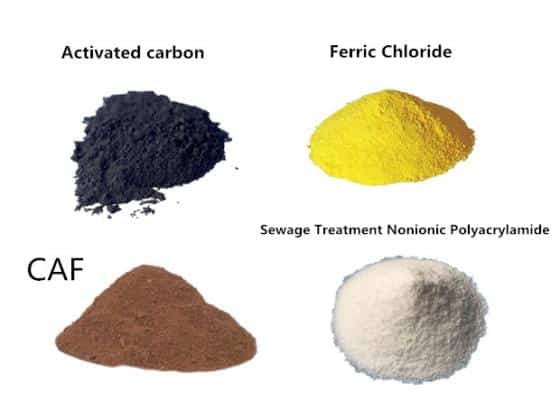
Contents
- 1 Top 10 Sewage Treatment Chemicals: A Comprehensive Guide
- 2 Understanding the Sewage Treatment Process
- 3 The Top 10 Sewage Treatment Chemicals
- 4 The Importance of Chemical Handling and Disposal
- 5 Conclusion
- 6 FAQs:
- 6.1 Are sewage treatment chemicals safe for the environment?
- 6.2 Can sewage treatment chemicals be harmful to human health?
- 6.3 How often should sewage treatment chemicals be dosed into the treatment system?
- 6.4 What are the alternatives to chemical sewage treatment methods?
- 6.5 How can I ensure the proper disposal of sewage treatment chemicals?
Top 10 Sewage Treatment Chemicals: A Comprehensive Guide
Sewage treatment is a critical process to ensure public health and environmental protection. While physical and biological processes form the backbone of wastewater treatment, the role of chemicals cannot be overstated. This article delves into the top 10 chemicals commonly used in sewage treatment, explaining their functions and importance.
Understanding the Sewage Treatment Process
Before diving into the chemicals, let’s briefly understand the sewage treatment process. It typically involves three primary stages:
- Primary treatment: Removing large solids through physical processes like screening and sedimentation.
- Secondary treatment: Breaking down organic matter using biological processes.
- Tertiary treatment: Disinfecting the water and removing remaining contaminants.
Chemicals are primarily used in the primary and tertiary stages of treatment.
The Top 10 Sewage Treatment Chemicals
-
Polyaluminium Chloride (PAC)
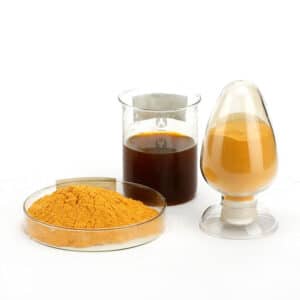
Description: Polyaluminium chloride is a highly efficient coagulant used in water and wastewater treatment. It is effective in removing suspended particles, organic matter, and other contaminants.
Benefits:
- Rapid coagulation and flocculation
- Reduces sludge volume
- Effective over a wide pH range
-
Aluminum Sulfate (Alum)
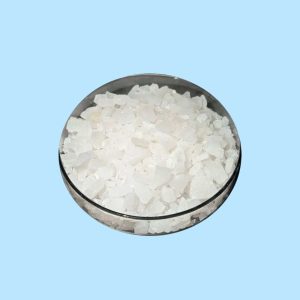
Description: Aluminum sulfate, commonly known as alum, is another popular coagulant. It is widely used to clarify water by causing particles to clump together into larger particles that can be easily removed.
Benefits:
- Cost-effective
- Enhances the removal of phosphorus
- Improves the efficiency of filtration systems
-
Ferric Chloride
Description: Ferric chloride is a powerful coagulant used to treat industrial and municipal wastewater. It helps in the removal of suspended solids, heavy metals, and phosphorus from wastewater, improving the clarity and quality of the treated effluent.
Benefits:
- High coagulation efficiency
- Effective in a wide pH range
- Reduces odor
-
Sodium Hypochlorite
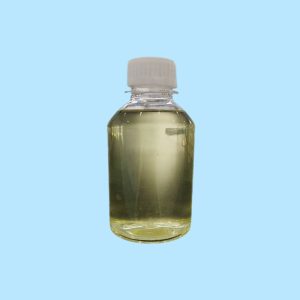
Description: Sodium hypochlorite, commonly known as bleach, is used for disinfection and odor control in wastewater treatment. It helps in eliminating bacteria, viruses, and other pathogens. It effectively kills harmful bacteria and viruses present in wastewater, ensuring that the treated effluent meets safety standards before discharge. Sodium hypochlorite is versatile and can be applied in various treatment processes, such as disinfection of effluent and equipment sanitation. However, it is essential to handle sodium hypochlorite with care due to its corrosive nature and potential health hazards.
Benefits:
- Strong disinfectant
- Controls microbial growth
- Easy to handle and store
-
Calcium Hypochlorite
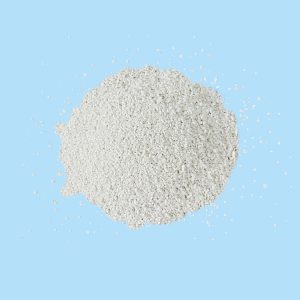
Description: Calcium hypochlorite is a solid form of chlorine used for disinfection purposes in sewage treatment. It is effective in killing a wide range of pathogens.
Benefits:
- High chlorine content
- Long shelf life
- Easy to transport
-
Chlorine Dioxide
Description: Chlorine dioxide is a powerful disinfectant used in sewage treatment for its superior germicidal properties. It is effective in killing bacteria, viruses, and protozoa present in wastewater, ensuring the safety of the treated effluent. Unlike chlorine, chlorine dioxide does not produce harmful disinfection byproducts, making it a preferred choice for residual disinfection in water treatment systems.
Benefits:
- Effective against a wide range of microorganisms
- Does not form harmful by-products
- Works well at low concentrations
-
Ozone
Description: Ozone is a powerful oxidizing agent used for disinfection and odor control in sewage treatment. It breaks down organic compounds and eliminates microorganisms.
Benefits:
- Strong oxidizing properties
- Leaves no harmful residues
- Effective in removing color and odor
-
Hydrogen Peroxide
Description: Hydrogen peroxide is used as an oxidizing agent in wastewater treatment. It helps in the breakdown of organic pollutants and enhances the efficiency of biological treatment processes.
Benefits:
- Environmentally friendly
- Breaks down into water and oxygen
- Effective in treating recalcitrant compounds
-
Sodium Bisulfite
Description: Sodium bisulfite is used to neutralize chlorine and other oxidizing agents in wastewater. It is commonly used in dechlorination processes.
Benefits:
- Effective dechlorinating agent
- Easy to use and store
- Safe for aquatic life
-
Activated Carbon
Description: Activated carbon is used for adsorption in sewage treatment. It removes organic compounds, pollutants, and contaminants from wastewater.
Benefits:
- High adsorption capacity
- Effective in removing odors and taste
- Can be regenerated and reused
The Importance of Chemical Handling and Disposal
While these chemicals are essential for effective sewage treatment, it’s crucial to handle and dispose of them responsibly. Improper handling can lead to environmental contamination and health hazards. Always follow safety guidelines and local regulations for chemical storage, use, and disposal.
Conclusion
Choosing the right chemicals for sewage treatment is essential for maintaining efficient and effective wastewater management. Each of the chemicals listed above offers unique benefits and is suited for specific applications within the treatment process. By understanding their properties and advantages, you can make informed decisions to optimize your sewage treatment operations and ensure environmental compliance. Whether you are managing a municipal facility or an industrial operation, these top 10 sewage treatment chemicals will help you achieve cleaner and safer water.
FAQs:
-
Are sewage treatment chemicals safe for the environment?
It is crucial to use sewage treatment chemicals responsibly to minimize their impact on the environment. Proper dosage and monitoring are key to ensuring environmental safety.
-
Can sewage treatment chemicals be harmful to human health?
While sewage treatment chemicals are necessary for effective treatment, they can pose health risks if not handled properly. Safety precautions and training are essential for workers handling these chemicals.
-
How often should sewage treatment chemicals be dosed into the treatment system?
The dosing frequency of sewage treatment chemicals depends on various factors, including flow rates, pollutant levels, and treatment objectives. Regular monitoring and adjustments are necessary to maintain optimal treatment performance.
-
What are the alternatives to chemical sewage treatment methods?
There are alternative sewage treatment methods, such as biological treatment processes and advanced oxidation technologies, that aim to reduce the reliance on chemical additives. These methods can offer more sustainable and environmentally friendly treatment solutions.
-
How can I ensure the proper disposal of sewage treatment chemicals?
Proper disposal of sewage treatment chemicals is crucial to prevent environmental contamination. Facilities should follow regulations and guidelines for the safe handling and disposal of chemical waste to minimize environmental impact.
